Cargando...
Recursos educativos
-
Nivel educativo
-
Competencias
-
Tipología
-
Idioma
-
Tipo de medio
-
Tipo de actividad
-
Destinatarios
-
Tipo de audiencia
-
Creador
Lo más buscado
- Comunidades autónomas
- Decadencia del imperio Romano
- Día del padre
- Relieve de Africa
- literatura infantil
- matemáticas primaria
- Regiones de Alemania
- Actividades de repaso
- Aprender a dibujar
- actividades escolares
- Como hacer proyectos cientificos
- Los orígenes de la humanidad
- Actividades plásticas
- Comunidades de España
- Huesos del cuerpo humano
-
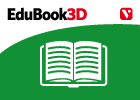
Remember - The five senses
EduBook Organización
- 3245 visitas
We use our senses to find out information about the world around us. Human beings have five senses: touch, sight, hearing, taste and smell. We use different parts of our body for each sense. These body…
-
Arthropods (I): characteristics
EduBook Organización
- 3190 visitas
4.1. Arthropods Arthropods are the most numerous and diverse group of invertebrates. They have adapted to all kinds of environments. The body of an arthropod has three parts: the head, thorax and…
-
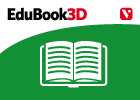
End-of-unit evaluation - Nutrition, breathing and circulation
EduBook Organización
- 3168 visitas
Our body needs nutrients and oxygen to live and grow. We obtain nutrients from food, and oxygen from the air. In our body, the digestive system gives us the nutrients that we need, and the respiratory…
-
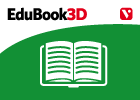
Summaries - The skeletal-muscular system
EduBook Organización
- 3144 visitas
1. The skeleton The skeleton is made up of bones, joints and cartilage. The skeleton supports our body and gives it shape. It also helps us to move and it protects our internal organs. Our bones are the…
-
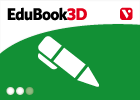
Answer. Worms and molluscs
EduBook Organización
- 3071 visitas
Remember what you have studied in this section and answer the questions: What do worms look like? What protects a mollusc's body? What three groups are molluscs classified into? Some worms live in…
-
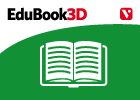
The skeleton
EduBook Organización
- 3018 visitas
Our skeleton is made up of bones, joints and cartilage. The skeleton's main functions are: To support our body and give it shape. To help us to move, because our muscles are connected to our bones.…
-
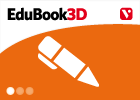
Think about it. Energy transfer
EduBook Organización
- 3015 visitas
Remember what you have studied in this section and answer the questions: Which has more internal energy: a hot body or a cold body? Explain why. With a classmate, discuss why we can start a fire if we…
-
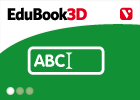
Complete. Cellular respiration
EduBook Organización
- 2865 visitas
Complete this text with the correct words: lungs - cellular - bloodstream - carbon dioxide - energy - exhale - blood vessels - heart Blood containing oxygen passes from the to the . The heart pumps the…
-
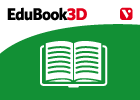
End-of-unit evaluation - Machines and structures
EduBook Organización
- 2794 visitas
In this unit we will look at electrical circuits, generators and motors that work by magnetism. We will also look at the machines and tools which help us do our work. Finally, we will look at…
-
Summaries - Obtaining and using energy
EduBook Organización
- 2736 visitas
1. Forms of energy Energy is a property of matter which gives it the ability to produce change in its own physical and chemical properties and in those of other bodies... The main forms. of energy are:…
Te estamos redirigiendo a la ficha del libro...













